Fumaric Acid in Bread
In bread, fumaric acid helps improve dough rheology, enhances crumb porosity, strengthens gluten, and contributes to better volume and texture. It is also valued for its preservative qualities, inhibiting mold growth and extending shelf life. Its low solubility and heat activation make it particularly useful in tortillas and other baked goods requiring controlled acid release during processing.
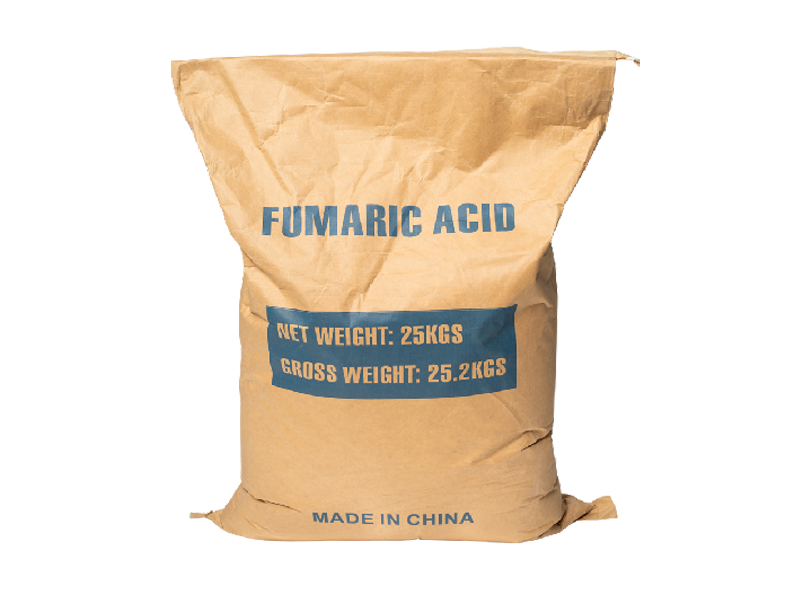
NORBIDAR Fumaric Acid:
Best Choice for Bakery
With NORBIDAR fumaric acid, you get a superior acidulant designed to optimize your bread-making process and final product quality. We are proud to provide a solution that helps bakeries achieve consistent, delicious, and long-lasting bread. Choosing NORBIDAR’s fumaric acid for your bread offers many benefits:
- Does not absorb moisture; keeps mixes dry and free-flowing
- Extends shelf life and reduces preservative use
- Enhances taste with pleasant, clean sourness
- Requires less acid to achieve desired pH, reducing costs
- Easy to store, measure, and handle as a powder
- Improves dough performance and bake quality

Superior Physical Properties
One major advantage of NORBIDAR’s fumaric acid is its non-hygroscopic nature. This means it does not absorb moisture from the air. When mixed in dry bakery formulations, fumaric acid stays dry and free-flowing. This prevents your products from becoming caked or hard, even if stored in high humidity environments. This ensures your dry mixes remain easy to handle and maintain consistent quality.
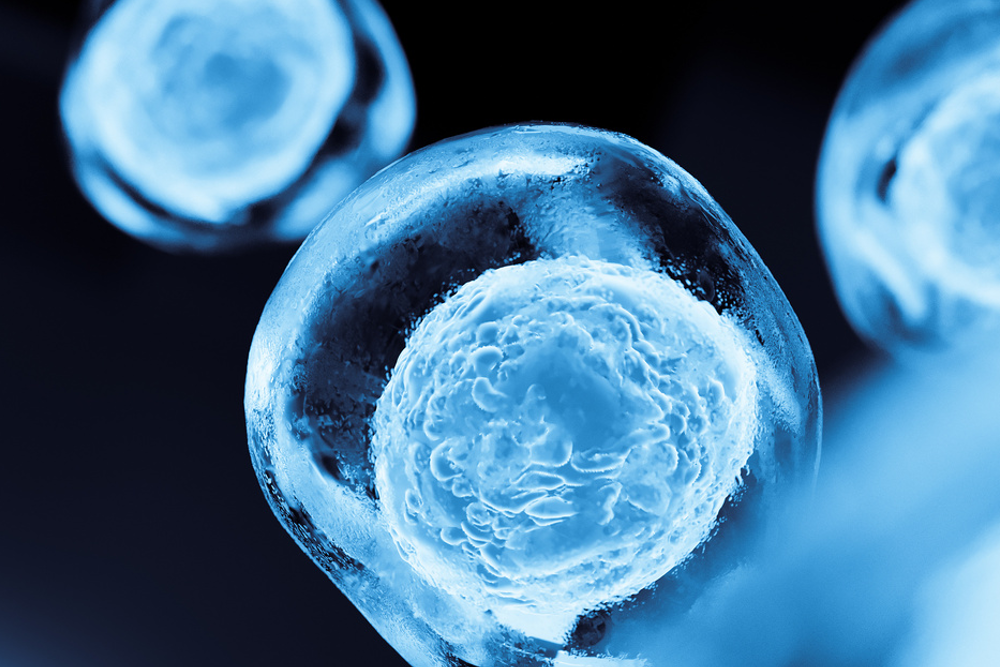
Extended Shelf Life
Fumaric acid plays a crucial role in improving the shelf life of bread. By effectively managing the acidity or pH of your bakery system, it helps control microbial growth. This allows you to either reduce the amount of preservatives like Calcium Propionate or maintain the same shelf life with better taste and quality. NORBIDAR’s fumaric acid works efficiently in fine-tuning pH levels to create the perfect environment for fresh, long-lasting bread.
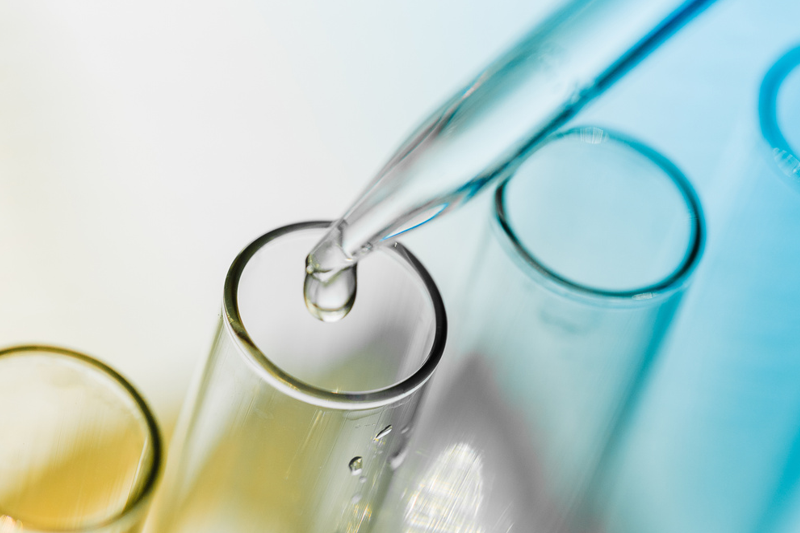
Enhanced Taste and Flavor
Fumaric acid contributes a pleasant sourness or tartness to bread, which enhances the overall flavor profile. Unlike other acids, it offers a clean and persistent sour note, avoiding off-putting flavors such as the sharpness of tartaric acid or the vinegar-like aroma of acetic acid. This makes burr bread, rye bread, and sourdough mixes taste better and more appealing to consumers.
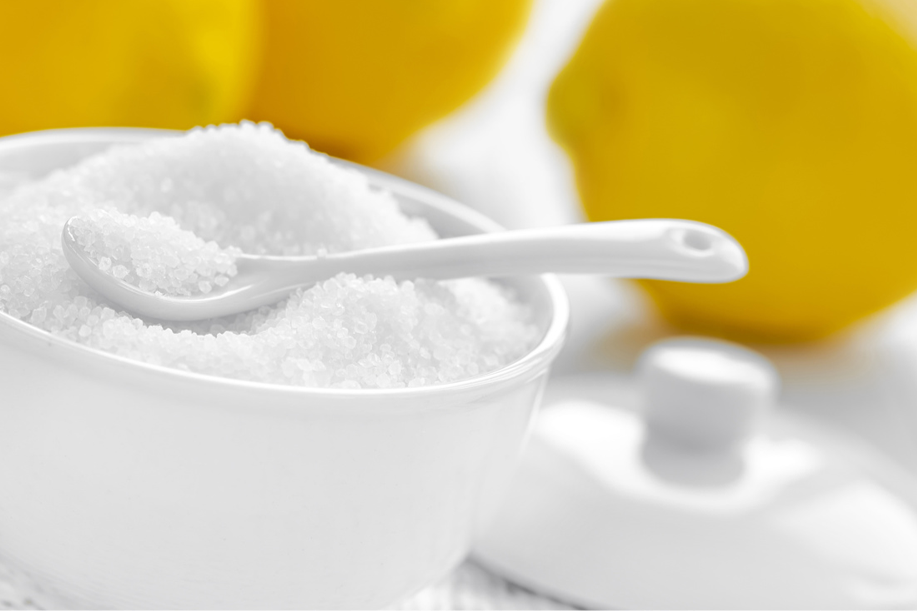
Cost Efficiency through Acid Strength
Among common food acids, fumaric acid is the most effective in lowering pH. For example, to reach a pH of 4.5 in preferments like sourdough and sponge doughs, less fumaric acid is needed compared to other acids. This means less acid cost and more practical use in optimizing fermentation processes. Its high neutralization value (145) also means less fumaric acid is required to react with baking soda in leavening systems, saving costs in baking powder formulations.
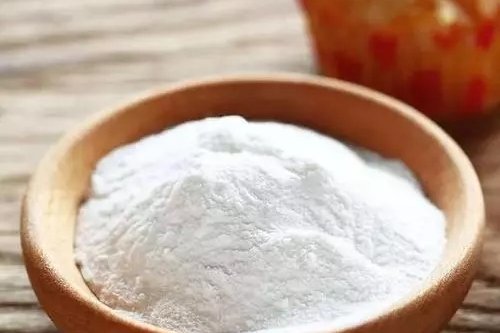
Easy Handling and Storage
NORBIDAR’s fumaric acid is a dry powder, which provides significant benefits over liquid acids such as acetic, lactic, or phosphoric acids. Powders are easier to store and measure, avoid spillage, and can be directly integrated into dry mixes without complicating the production process. This leads to simpler logistics and cleaner bakery environments.
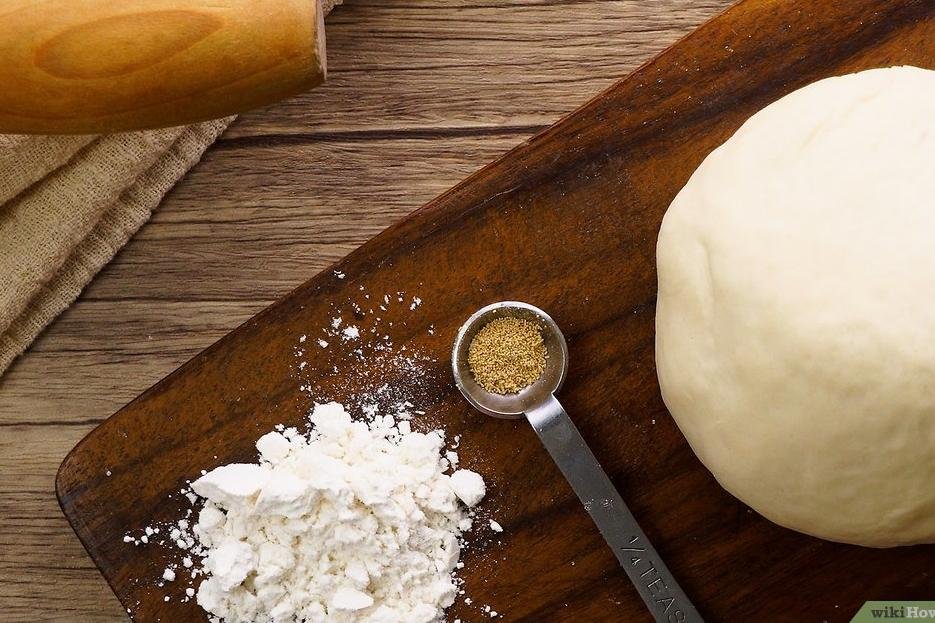
Improved Bake Quality and Dough Performance
Thanks to its low dissolution rate, fumaric acid preserves the leavening power of frozen or refrigerated doughs. This results in better dough rise during proofing and baking, leading to superior bread texture and volume. Using NORBIDAR’s fumaric acid can therefore improve both process efficiency and final product quality.
Why Choose NORBIDAR as Your Fumaric Acid Food Additive Supplier
What Types Of Bread Are Fumaric Acid Used In
Fumaric acid is widely favored in artisan breads, sourdough, rye breads, tortillas, English muffins, and refrigerated biscuit doughs because it enhances flavor, improves texture, aids in the leavening process, and helps preserve the product’s freshness for a longer time, making baked goods more enjoyable and durable.
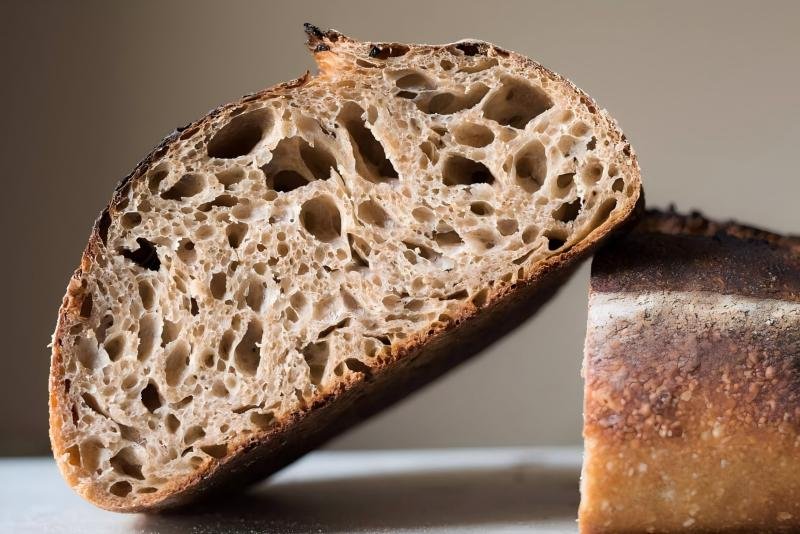
Artisan Breads
- Flavor Enhancement: Fumaric acid imparts pleasant sour notes that improve the overall taste profile of artisan breads. It creates a well-rounded, subtle tartness valued by consumers.
- Texture Improvement: It increases bread porosity and volume, resulting in lighter, airier loaves. This makes the crumb structure more desirable and visually appealing.
- Dough Rheology: The acid helps to optimize dough flow, making mixing easier and faster. This leads to reduced mixing time and increased dough absorption.
- Shelf Life Extension: By lowering the pH, fumaric acid inhibits mold growth, extending the bread’s freshness and shelf life.
Sourdough Breads
- Instant Flavoring Agent: Fumaric acid is added to sourdough bread dough during the dry blending step. It acts as an instant acidulant, providing a pleasant and balanced sour flavor. This acidification mimics the natural tanginess typical of sourdough fermentation but in a more controlled and consistent manner.
- Acidity and pH Control: Fumaric acid effectively lowers the dough pH with a smaller quantity compared to other acids. This precise pH control optimizes yeast and bacterial activity during fermentation, improving dough quality and final bread characteristics.
- Extended Shelf Life: Through its acidifying effect and mild antimicrobial properties, fumaric acid helps preserve sourdough bread, delaying spoilage from molds and bacteria.
- Improved Dough Rheology: It enhances dough machinability, making it easier to process, ferment, and shape. This leads to better gas retention and dough expansion, resulting in improved volume and crumb structure.
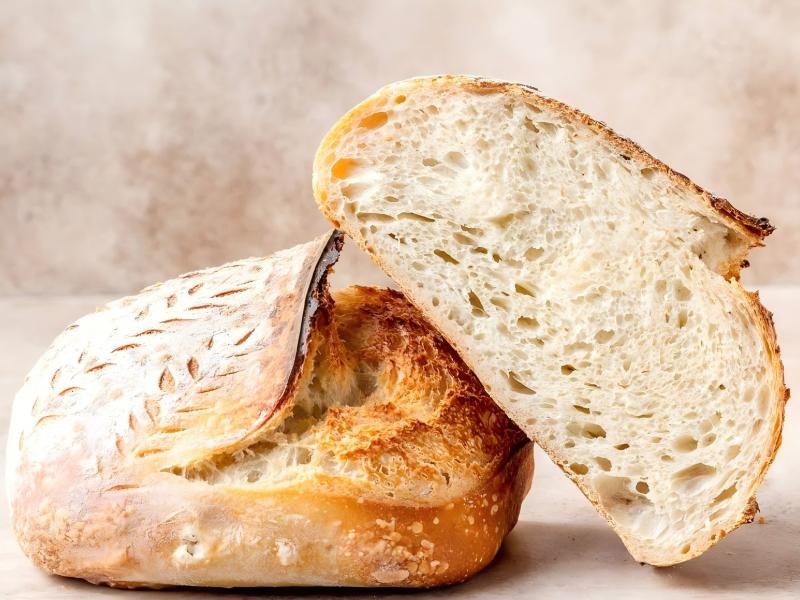
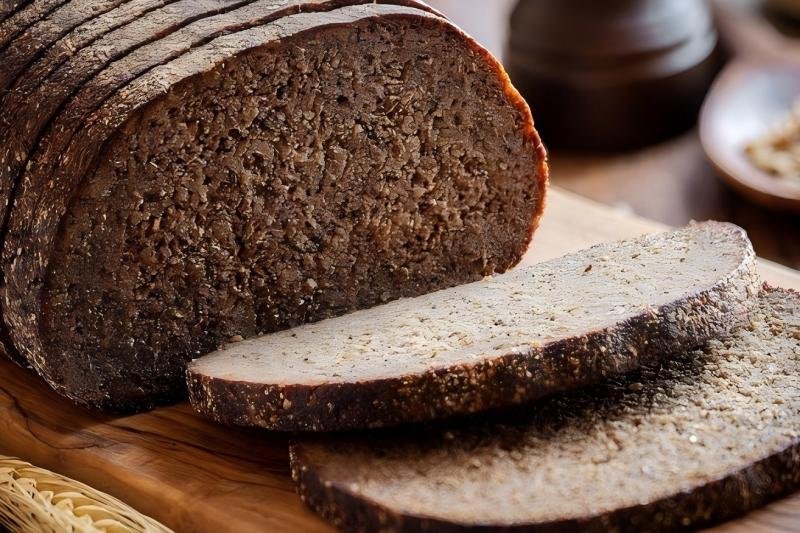
Rye Breads
- Flavor Enhancement: Fumaric acid acts as an instant flavoring agent in rye bread, adding a clean, persistent sourness that is highly desirable in traditional rye bread taste profiles.
- Gluten Strengthening: Rye bread doughs often benefit from fumaric acid’s ability to strengthen gluten, which aids in better dough handling and improves the volume of the bread despite rye’s naturally lower gluten content.
- Dough Conditioning: It improves the machinability and texture of rye dough, leading to better crumb uniformity and elasticity.
- Shelf Life Extension: Similar to sourdough, fumaric acid extends rye bread's shelf life by inhibiting mold growth and reducing spoilage without altering the desired flavor negatively.
Wheat and Corn Tortillas
- Shelf Life Extension: Fumaric acid plays a key role in preserving tortillas by inhibiting mold growth and extending shelf life, which is critical for commercial production and distribution.
- Texture Enhancement: Microencapsulated fumaric acid acts as a reducing agent during kneading, making the dough smoother and more malleable. It also facilitates easier handling, reducing kneading energy requirements.
- pH Control: Effective pH regulation promotes the action of other preservatives like sodium or calcium propionate, amplifying overall preservation effects and supporting food safety.
- Reduction in Other Additives: The acid’s neutralization value allows for reduced use of sodium bicarbonate and other leavening agents, cutting costs and sodium content in tortillas.

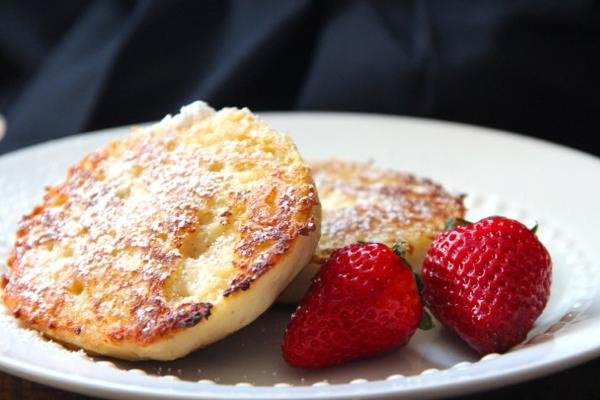
English Muffins
- Improved Porosity: Fumaric acid is added to English muffins to significantly enhance crumb porosity, creating a more open and airy structure that improves mouthfeel.
- Dough Machinability: This acid aids in making the dough easier to shape and process, streamlining production and ensuring uniform baked products.
- Flavor Adjustment: Fumaric acid enables manufacturers to control and increase sourness per unit weight, tailoring taste to consumer preference.
Refrigerated Biscuit Doughs
- Preservation: As an effective acidulant, fumaric acid serves as a preservative in refrigerated biscuit doughs, lowering pH to inhibit mold and bacterial growth. This function preserves dough quality during storage.
- Leavening Function: The acid’s slow dissolution rate in cold doughs helps maintain leavening power for a better rise during proofing and baking, especially in frozen or refrigerated applications.
- Processing Efficiency: Its addition improves dough handling, structure, and final product consistency, making refrigerated doughs easier to work with and more reliable for commercial use.
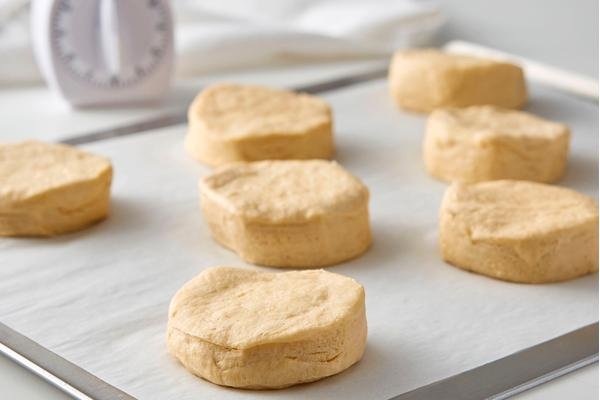
Encapsulated Fumaric Acid Enhances Bread Freshness
Delayed Release
Encapsulation within a lipid or protective coating delays the release of fumaric acid until later stages of baking. This minimizes premature interaction with yeast and gluten in the dough, which could otherwise negatively impact yeast activity and gluten structure, affecting texture and quality.
Preservation of Yeast Activity
By preventing early acid release, encapsulated fumaric acid allows yeast to ferment properly and maintains the dough’s gluten network. This results in better dough stability and a lighter, more desirable crumb.
Optimized Acidification
The fumaric acid is released at a key time during baking when it can effectively lower the pH of the finished bread to about 5.5–6.0. This acidification inhibits mold growth and improves the antimicrobial effectiveness of preservatives such as calcium propionate.
Improved Mold Inhibition
Controlled release ensures consistent and effective antimicrobial activity after baking, extending shelf life by maintaining an acidic environment that suppresses spoilage organisms.
Better Antiseptic Effect
The timing of fumaric acid release improves the efficacy of preservatives like calcium propionate, further enhancing mold inhibition and freshness.
Reduction of Defects
Encapsulation helps avoid defects such as large blisters or translucent spots in the bread that can result from premature fumaric acid activity.
Invest in High-quality Fumaric Acid for Bread

